 W
WEconomic geography is the subfield of human geography which studies economic activity. It can also be considered a subfield or method in economics.
 W
WAgricultural geography is a sub-discipline of human geography concerned with the spatial relationships found between agriculture and humans. That is, the study of the phenomenons and effects that lead to the formation of the earth's top surface, in different regions.
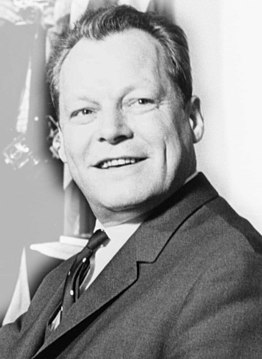 W
WThe Brandt Report is the report written by the Independent Commission, first chaired by Willy Brandt in 1980, to review international development issues. The result of this report provided an understanding of drastic differences in the economic development for both the East and West of the world.
 W
WThe carrying capacity of an environment is the maximum population size of a biological species that can be sustained in that specific environment, given the food, habitat, water, and other resources available. In population ecology, carrying capacity is defined as the environment's maximal load, which is different from the concept of population equilibrium, which may be far below an environment's carrying capacity. The effect of carrying capacity on population dynamics may be modelled with a logistic function.
 W
WDeglobalization or deglobalisation is the process of diminishing interdependence and integration between certain units around the world, typically nation-states. It is widely used to describe the periods of history when economic trade and investment between countries decline. It stands in contrast to globalization, in which units become increasingly integrated over time, and generally spans the time between periods of globalization. While globalization and deglobalisation are antitheses, they are no mirror images.
 W
WA developed country, industrialized country, more developed country (MDC), or more economically developed country (MEDC), is a sovereign state that has a developed economy and advanced technological infrastructure relative to other less industrialized nations. Most commonly, the criteria for evaluating the degree of economic development are gross domestic product (GDP), gross national product (GNP), the per capita income, level of industrialization, amount of widespread infrastructure and general standard of living. Which criteria are to be used and which countries can be classified as being developed are subjects of debate.
 W
WA developing country is a country with a less developed industrial base (industries) and a low Human Development Index (HDI) relative to other countries. However, this definition is not universally agreed upon. There is also no clear agreement on which countries fit this category. A nation's GDP per capita, compared with other nations, can also be a reference point. In general, the United Nations accepts any country's claim of itself being "developing".
 W
WDevelopment geography is a branch of geography which refers to the standard of living and its quality of life of its human inhabitants. In this context, development is a process of change that affects peoples' lives. It may involve an improvement in the quality of life as perceived by the people undergoing change. However, development is not always a positive process. Gunder Frank commented on the global economic forces that lead to the development of underdevelopment. This is covered in his dependency theory.
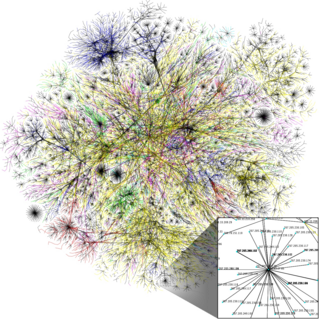 W
WThe digital divide refers to the gap between those able to benefit from the digital age and those who are not. The concern is that people without access to the Internet and other information and communication technologies will be disadvantaged, as they are unable or less able to obtain digital information, shop online, participate democratically, or learn skills and offer skills. This resulted in programs to give computers and related services to people without access.
 W
WThe digital divide is an economic and social inequality with regard to access to, use of, or impact of information and communication technologies (ICT). Factors causing the divide can vary depending on the country and culture, as can the potential solutions for minimizing or closing the divide.
 W
WThe digital divide in Canada refers to the discrepancy that exists between Canadians who have access to information and communication technologies (ICT) and the benefits they provide compared to those who don't. This divide can be the result of many factors including high costs for technology and online access, differences in the availability of online connectivity resources in different locations across the country, and lacking digital literacy. The digital divide in Canada also stems from income inequality among Canadians and differences in online connectivity practices exhibited by those of different age, gender, first language, and cultural background.
 W
WEMEA is a shorthand designation meaning Europe, the Middle East and Africa. The acronym is used by institutions and governments, as well as in marketing and business when referring to this region: it is a shorthand way of referencing the two continents and the Middle Eastern sub-continent all at once. It is particularly common among North American companies, and it is mostly used when dividing a company's operations by geography.
 W
WFood miles is the distance food is transported from the time of its making until it reaches the consumer. Food miles are one factor used when testing the environmental impact of food, such as the carbon footprint of the food.
 W
WA foreign direct investment (FDI) is an investment in the form of a controlling ownership in a business in one country by an entity based in another country. It is thus distinguished from a foreign portfolio investment by a notion of direct control.
 W
WA geographical indication (GI) is a name or sign used on products which corresponds to a specific geographical location or origin. The use of a geographical indication, as an indication of the product's source, acts as a certification that the product possesses certain qualities, is made according to traditional methods, or enjoys a good reputation due to its geographical origin.
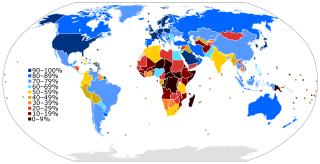 W
WThe global digital divide describes global disparities, primarily between developed and developing countries, in regards to access to computing and information resources such as the Internet and the opportunities derived from such access. As with a smaller unit of analysis, this gap describes an inequality that exists, referencing a global scale.
 W
WEllsworth Huntington was a professor of geography at Yale University during the early 20th century, known for his studies on the controversial science of, environmental determinism/climatic determinism, economic growth and economic geography. He served as President of the Ecological Society of America in 1917, the Association of American Geographers in 1923 and President of the Board of Directors of the American Eugenics Society from 1934 to 1938.
 W
WInternet geography, also called cybergeography, is a subdiscipline of geography that studies the spatial organization of the Internet, from social, economic, cultural, and technological perspectives. The core assumption of Internet geography is that the location of servers, websites, data, services, and infrastructure is key to understand the development and the dynamics of the Internet. Among the topics covered by this discipline, of particular importance are information geography and digital divides.
 W
WIn England, the term North–South divide refers to the cultural, economic, and social differences between:Southern England: the South-East and South-West, including Greater London and the East of England Northern England: the North-East, Yorkshire and the Humber and the North-West including Merseyside and Greater Manchester.
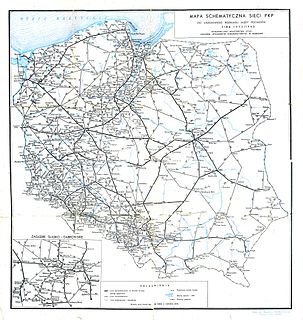 W
WPoland A and B refers to the historical, political and cultural distinction between the western and the eastern part of the country, with Poland "A", west of the Vistula, being much more developed and having faster growth than Poland "B", east of the river. The General Secretary of Krajowa Izba Gospodarcza Marek Kłoczko, said in his 2007 interview that the divisions are more spread out and forming three separate categories, Poland "A" is the metropolitan cities, Poland "B" is the rest of the country, and Poland "C" is the plains and the landscape parks east of the Vistula, which require a different treatment.
 W
WA poverty map is a map which provides a detailed description of the spatial distribution of poverty and inequality within a country. It combines individual and household (micro) survey data and population (macro) census data with the objective of estimating welfare indicators for specific geographic area as small as village or hamlet.
 W
WThe Security and Prosperity Partnership of North America (SPP) was a region-level dialogue with the stated purpose of providing greater cooperation on security and economic issues. The Partnership was founded in Waco, Texas, on March 23, 2005, by Prime Minister of Canada Paul Martin, President of Mexico Vicente Fox, and U.S. President George W. Bush. It was the second of such regional-level agreements involving the United States following the 1997 Partnership for Prosperity and Security in the Caribbean (PPS).
 W
WTransport geography or transportation geography is a branch of geography that investigates the movement and connections between people, goods and information on the Earth's surface.
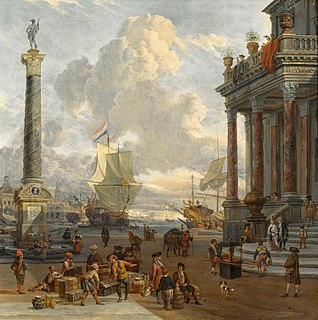 W
WTriadization is a proposed alternative to the theory of globalization. It states that political, economic and socio-cultural integration have been limited to three regions of the world: Japan and the newly industrialized countries of Southeast Asia, Western Europe and North America.
 W
WGeography and wealth have long been perceived as correlated attributes of nations. Scholars such as Jeffrey D. Sachs argue that geography has a key role in the development of a nation's economic growth. For instance, nations that reside along coastal regions, or those who have access to a nearby water source, are more plentiful and able to trade with neighboring nations. In addition, countries that have a tropical climate face a significant amount of difficulties such as disease, intense weather patterns, and lower agricultural productivity. The correlation between geography and a nation's wealth can be observed by examining a country's GDP per capita, which takes into account a nation's economic output and population. The continents along the equator, Africa. Even within Africa this effect can be seen, as the nations farthest from the equator are wealthier. In Africa, the wealthiest nations are the three on the southern tip of the continent, South Africa, Botswana, and Namibia, and the countries of North Africa. Similarly, in South America, Argentina, Southern Brazil, Chile, and Uruguay have long been the wealthiest. Within Asia, Indonesia, located on the equator, is among the poorest. Within Central Asia, Kazakhstan is wealthier than other former Soviet Republics which border it to the south, like Uzbekistan. The wealthiest nations of the world with the highest standard of living tend to be those at the northern extreme of areas open to human habitation—including Northern Europe, the United States, and Canada. Within prosperous nations, wealth often increases with distance from the equator; for example, the Northeast United States has long been wealthier than its southern counterpart and northern Italy wealthier than southern regions of the country.